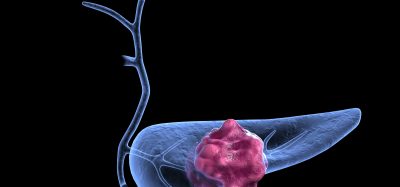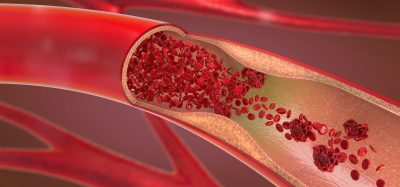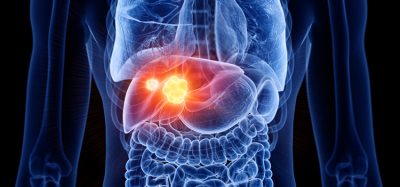New study provides insight for how congenital heart defects manifest
Posted: 2 August 2022 | Ria Kakkad (Drug Target Review) | No comments yet
The researchers have found that the cells lining the heart direct the cardiac muscle to grow until the heart reaches its full size.

To learn more about how the heart develops, researchers at the University of Maryland School of Medicine (UMSOM), US have determined that the cells lining the heart direct the cardiac muscle to grow until the heart reaches its full size. They also outlined the complex mechanism that regulates this process, which requires two sets of brakes to be bypassed for the heart to develop properly.
The researchers say these findings, which were recently published in Circulation Research, explain a bit more about what can go wrong during development that can lead to heart birth defects and may also help develop better techniques for regenerating heart tissue.
“To recover from disease, you need to figure out how to do heart regeneration. At this time, no one can regenerate an entire heart, mostly because they have been focused on using the heart muscle to grow more heart muscle cells,” said Dr Deqiang Li. “Our findings suggest that we may need other cells from the heart, such as the epicardium, to give the necessary instructions for the heart muscle to grow bigger.”
The gene regulator histone deacetylase 3 (HDAC3) was known to be important for development in the heart muscle cells, but whether it played specific role in the separate layer of cells lining the heart was unknown. To explore the role of HDAC3 in heart development, the researchers genetically engineered mice to lack HDAC3 only in the cells lining the heart. In foetal mice, they found that these hearts without HDAC3 in the heart lining had thinner, compact walls in the heart’s ventricles.
The research team determined that the cells lining the heart without the gene regulator HDAC3 also made less of two growth factors that these cells normally pump out to encourage heart growth, while also making too much of two microRNAs.
They found that HDAC3 turns off genes that code for the two microRNAs, which allows the growth factors to be generated and ensures the heart grows to full-size.
Basic research, such as performed in this study, is essential for us to find out how the body develops normally, so that we can determine what goes wrong in disease, and ultimately one day, in this case, we can find ways to prevent congenital heart defects in the next generation of newborns,” concluded Dr E. Albert Reece.
Related topics
Epigenetics, Genomics, RNAs
Related conditions
Congenital heart disease
Related organisations
University of Maryland School of Medicine (UMSOM)
Related people
Dr Deqiang Li, Dr E. Albert Reece MBA






